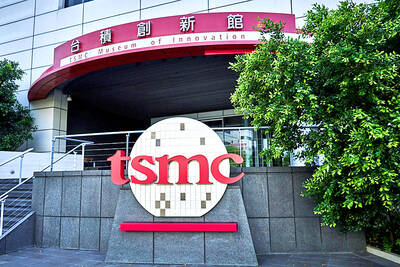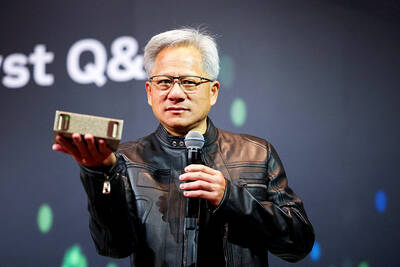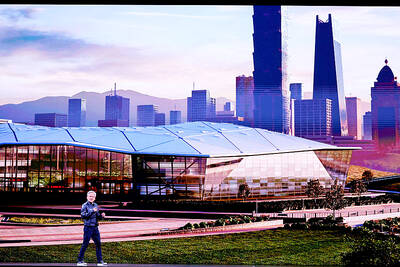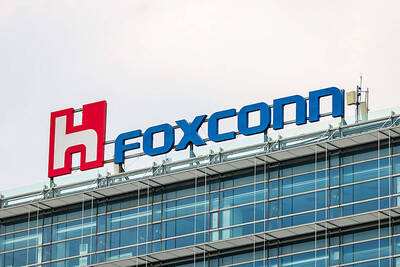India’s prime minister on Saturday ruled out any suggestion the country could suffer a repeat of its 1991 balance-of-payments crisis as it grapples with a plunging rupee and a huge trade gap.
Indian Prime Minister Manmohan Singh spoke a day after India’s currency hit a new low of 62.03 rupees to the US dollar and stocks posted their sharpest single-day fall in nearly two years. Singh was finance minister in 1991 and was credited with overcoming the deep economic crisis.
“There is no question of going back to the 1991 crisis,” Singh told reporters in New Delhi in televised remarks at a book launch.
In 1991, hard currency reserves had sunk so low that India was on the brink of defaulting on its foreign loans and Singh said there were foreign exchange reserves for just 15 days.
“Now we have reserves of six to seven months. So there is no comparison. And no question of going back to the 1991 crisis,” he said.
India still has painful memories of 1991, when New Delhi had to pledge its gold reserves with the IMF to fund its debt.
To get India out of its economic morass, Singh unleashed sweeping change, beginning the process of abolishing what was known as the “licence raj,” a system of economic management ruled by government monopolies, quotas and permits that dictated what firms could make.
Since June 1 this year, overseas funds have pulled out a combined US$11.58 billion in equities and debt from India’s markets over concerns about a sharply slowing economy, regulatory data shows.
To curb the rupee’s fall, Indian policymakers have pushed up short-term interest rates and announced plans to allow state firms to raise funds abroad and curb gold imports. Last week the central bank also tightened controls on the amount of money local firms and individuals can send abroad.
Asked about the record current account deficit — the broadest measure of trade — Singh acknowledged the problem and said gold imports needed to be further curbed.
Gold is the second-largest contributor to the current account deficit after oil.
“We seem to be investing a lot in unproductive assets,” he said.
Gold is hugely popular in India, especially during religious festivals and wedding seasons, and is also bought as a hedge against inflation.
India’s woes have been exacerbated by signals the US could soon slow its stimulus drive that prompted big investment flows to emerging markets, and homegrown graft scandals that have virtually paralyzed government policymaking.
Singh added that he hoped for “fresh thinking” at the central bank when its new governor, Raghuram Rajan, takes over next month.
“The time has come to look at the possibilities and limitations of the monetary policy in a globalized economy,” he said.
The finance ministry is reported to regard the bank’s leadership as too conservative, focusing on inflation rather than economic growth.

SEEKING CLARITY: Washington should not adopt measures that create uncertainties for ‘existing semiconductor investments,’ TSMC said referring to its US$165 billion in the US Taiwan Semiconductor Manufacturing Co (TSMC, 台積電) told the US that any future tariffs on Taiwanese semiconductors could reduce demand for chips and derail its pledge to increase its investment in Arizona. “New import restrictions could jeopardize current US leadership in the competitive technology industry and create uncertainties for many committed semiconductor capital projects in the US, including TSMC Arizona’s significant investment plan in Phoenix,” the chipmaker wrote in a letter to the US Department of Commerce. TSMC issued the warning in response to a solicitation for comments by the department on a possible tariff on semiconductor imports by US President Donald Trump’s

‘FAILED EXPORT CONTROLS’: Jensen Huang said that Washington should maximize the speed of AI diffusion, because not doing so would give competitors an advantage Nvidia Corp cofounder and chief executive officer Jensen Huang (黃仁勳) yesterday criticized the US government’s restrictions on exports of artificial intelligence (AI) chips to China, saying that the policy was a failure and would only spur China to accelerate AI development. The export controls gave China the spirit, motivation and government support to accelerate AI development, Huang told reporters at the Computex trade show in Taipei. The competition in China is already intense, given its strong software capabilities, extensive technology ecosystems and work efficiency, he said. “All in all, the export controls were a failure. The facts would suggest it,” he said. “The US

The government has launched a three-pronged strategy to attract local and international talent, aiming to position Taiwan as a new global hub following Nvidia Corp’s announcement that it has chosen Taipei as the site of its Taiwan headquarters. Nvidia cofounder and CEO Jensen Huang (黃仁勳) on Monday last week announced during his keynote speech at the Computex trade show in Taipei that the Nvidia Constellation, the company’s planned Taiwan headquarters, would be located in the Beitou-Shilin Technology Park (北投士林科技園區) in Taipei. Huang’s decision to establish a base in Taiwan is “primarily due to Taiwan’s talent pool and its strength in the semiconductor

French President Emmanuel Macron has expressed gratitude to Hon Hai Precision Industry Co (鴻海精密) for its plan to invest approximately 250 million euros (US$278 million) in a joint venture in France focused on the semiconductor and space industries. On his official X account on Tuesday, Macron thanked Hon Hai, also known globally as Foxconn Technology Group (富士康科技集團), for its investment projects announced at Choose France, a flagship economic summit held on Monday to attract foreign investment. In the post, Macron included a GIF displaying the national flag of the Republic of China (Taiwan), as he did for other foreign investors, including China-based